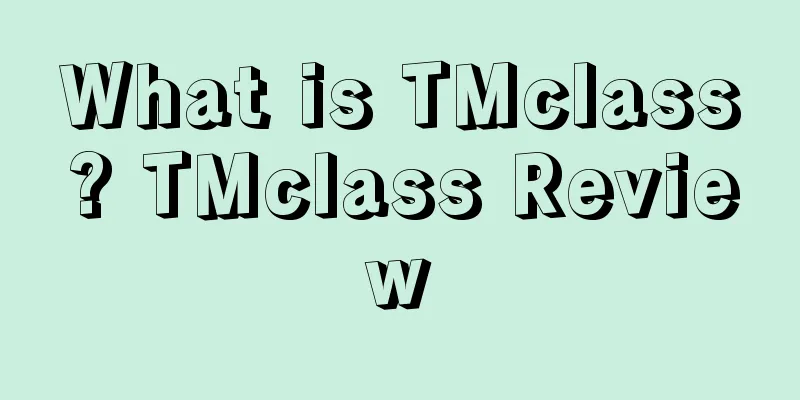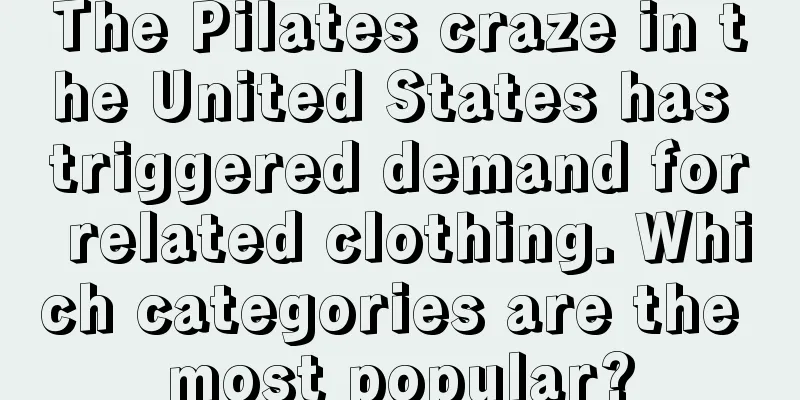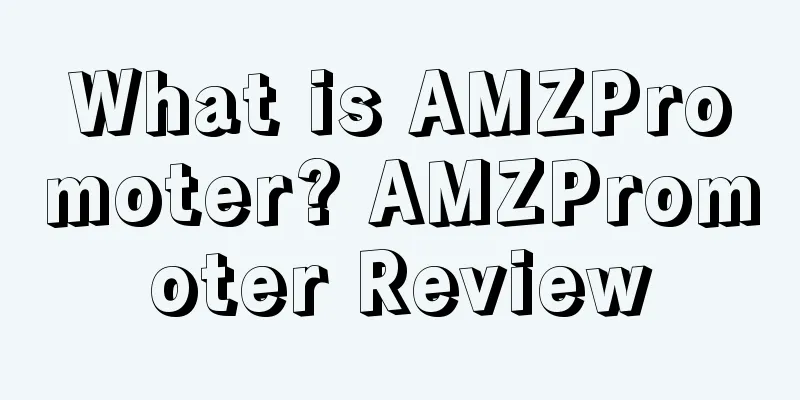What is TMclass? TMclass Review

|
The Common Trademark Classification database jointly implemented and maintained by EUIPO and relevant European institutions contains more than 60,000 terms, covering all the contents of the Nice Classification. Official website : http://euipo.europa.eu/ec2/?lang=en Introduction TMclass brings together the classification databases (goods and services descriptions or items) of each participating national office (PO) to expedite the classification process for applicants. You must go through this classification process whether you are applying for an internationally registered trademark, a European Union trademark that gives applicants trademark protection in all EU countries, or a specific trademark for a particular country. When an applicant searches for a classification item in TMclass, the applicant will see the participating national offices that include the item. Even if a participating national office does not show the item in its database, it does not mean that the national office will definitely reject the item. However, if an applicant selects an item that is not in the participating national office's database, it may take more time to apply for a trademark in that national office because the item cannot be automatically classified and must be submitted to the examiner for revision. If you choose to file in more than one class, the relevant national office may require you to pay an additional fee. For example, the EUIPO registration fee includes the cost of choosing 3 classes, while the UKIPO charges a small fee for each additional class. history In the past, trademark protection was generally implemented on a country-by-country basis. Therefore, the trademark application process was quite complicated because applicants had to be proficient in the language of the country in order to seek protection. In addition, the classification of goods and services varied greatly from country to country. Since 1957, the European Union has introduced a series of initiatives to unify the way national offices classify goods and services, thereby simplifying the trademark registration process. As an administrative tool, the tree structure is designed to help users understand the specific national offices of classifiable items before registering a trademark. The tree structure was developed by EUIPO and the national offices of the European Union in collaboration with WIPO. Although the structure is based on the Nice Classification, it is not a formal part of the Nice Classification system. It has no legal effect in terms of trademark examination or comparison of goods and services. Nice Classification The Nice Classification, established by WIPO in 1957, is a system for classifying goods and services when registering trademarks. The system is based on a multilateral treaty called the Nice Agreement to Facilitate the International Classification of Goods and Services for the Registration of Trademarks, signed in 1957 and governed by WIPO. Currently, many countries and regions have adopted the Nice Classification as the classification standard for their goods and services to speed up the trademark registration process. The Nice Classification consists of a class title, notes, and an alphabetical list of goods and services. The class title summarizes the characteristics of the goods or services included in the class (there are 34 classes of goods and 11 classes of services). Each class is accompanied by notes that describe the goods or services included; sometimes, they also describe the types of goods or services that are not included in the class. Finally, the alphabetical list lists the specific goods and services in alphabetical order, with the applicable serial number for each item. The TMclass contains descriptions of goods and services marked with N, where N indicates that the item comes from the alphabetical order of the Nice Classification. This mark is only displayed in data from EUIPO. The EU will consider a list of goods and services formed entirely from descriptions in the Nice Classification to be correctly classified, provided that the list is for the classification indicated in the database. ID List TM5 is comprised of the United States Patent and Trademark Office (USPTO), the Japan Patent Office (JPO), the Korean Intellectual Property Office (KIPO), the State Administration for Industry and Commerce of the People's Republic of China (CNIPA), and the European Union Intellectual Property Office (EUIPO). One of the projects under this collaborative framework concerns the ID list. Coordinated planning The purpose of classification harmonization is to unite the participating national offices to form a common classification system, thereby ensuring that system users only have one list of goods and services in all languages and one way to apply the classification system to accept and reject lists of goods and services submitted by applicants. background The Nice Classification was established primarily for administrative purposes. It is now used by many trademark offices, including the EUIPO, which classifies goods and services to speed up the trademark registration process. If a particular good or service is not available in the alphabetical list, a set of classification rules is applied to determine its classification. As the system only provides a general framework, various classification systems have been developed by national offices over the decades. These differences lead to confusion. Specifically, it is not user-friendly and applicants need to provide different classification lists when submitting the same trademark application to different national offices. To this end, during the TMclass meeting held in July 2008, a representative proposed a coordination plan, which was agreed by all participants, who expressed their desire to resolve the classification differences between the institutions as soon as possible. After the meeting, UKIPO and EUIPO took the lead in building a new coordinated database based on a common database of goods and services (in English). Then, Sweden also translated this English database into Swedish as its official list, expressing its support for this plan. At present, many national offices have agreed to support the plan, and most EU national offices have also expressed interest. All European national offices with English as an official language (EUIPO, UK, Ireland and Malta) have adopted the English Harmonised List. The ultimate goal of this concept is to create a "barrier-free" environment: trademark applicants will be able to file applications using the same common classification list in any national office participating in the program. In this way, the risk of rejection will be greatly reduced, and participating national offices will no longer have to face a mountain of invalid applications. Currently, more than half of the national offices and EUIPO (European Union Intellectual Property Office) have provided data to TMclass. In addition, the World Intellectual Property Organization (WIPO) will also merge its database in the near future. |
<<: What is Zhongshijie Logistics? Zhongshijie Logistics Review
>>: What is moniquelhuillier? moniquelhuillier review
Recommend
What is Solid Commerce? Solid Commerce Review
Solid Commerce is a complete end-to-end online sal...
The United States released the 2022 Special 301 Report! China is once again included in the intellectual property "blacklist"!
<span data-shimo-docs="[[20,"获悉,据外媒报道,美国贸易...
What is perfe-hair? perfe-hair review
Perfe-hair is a brand founded in May 2016. It prov...
What is GoAllPay? GoAllPay Review
GoAllPay is a payment service platform focusing on...
What is Lookbook? Lookbook Review
Lookbook is a website for street photography of fo...
The seller had accumulated several thousand reviews, so why were they all revoked?
The seller uploaded several listings using a UPC c...
What is Lenskart? Lenskart Review
Lenskart is a well-known eyewear e-commerce compan...
What is California CEC? California CEC Review
In California, certain products must meet minimum ...
What is Lowe's? Lowe's Review
Lowe 's originated from a small town hardware ...
2025 is not going to be easy! Several major adjustments by Amazon affect all sellers
With the convening of the 2024 Amazon Global Sell...
Too much! The big seller's overseas warehouse sold 20 million, and the small seller became a service provider to subsidize Amazon...
In March, the temperature gradually rises in many ...
What is the Global Renewal Plan? Global Renewal Plan Review
In August 2018, the China International Hair Devel...
What is Continental? Continental Review
Continental AG is a technology leader in tire prod...
Order delivery abnormality? Attention, sellers of Amazon European FBA!
As the end of the year approaches, an important Am...
What is outofstock? Outofstock Review
Outofstock was founded in Hong Kong in 2007 and cr...









